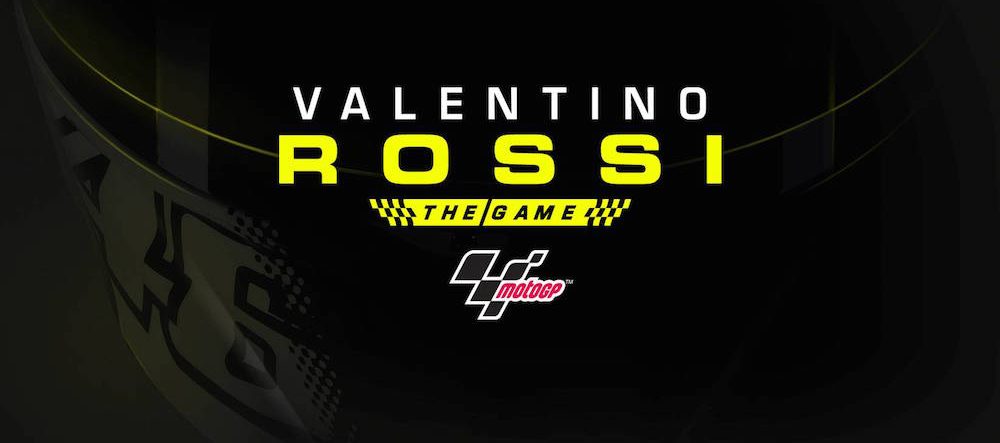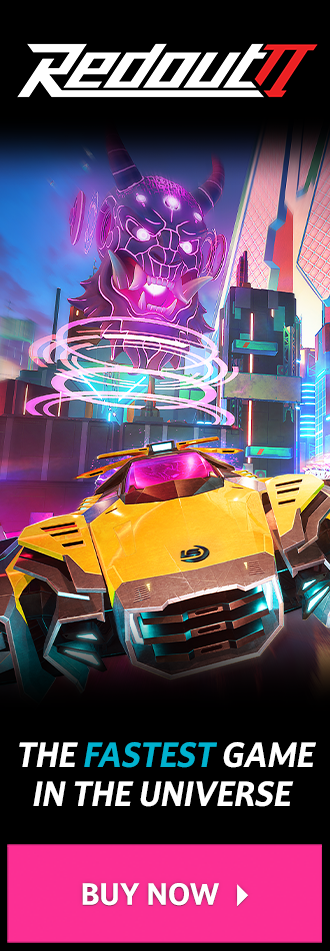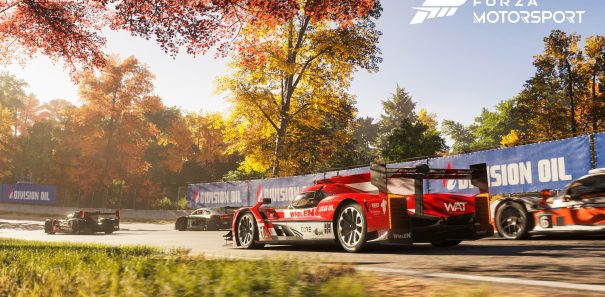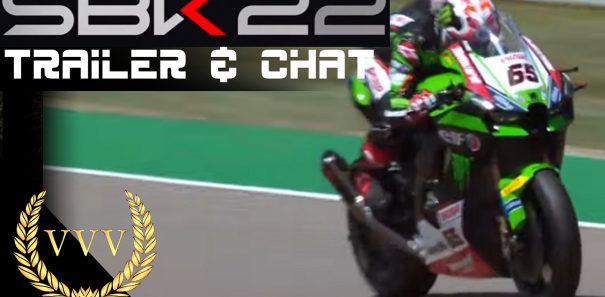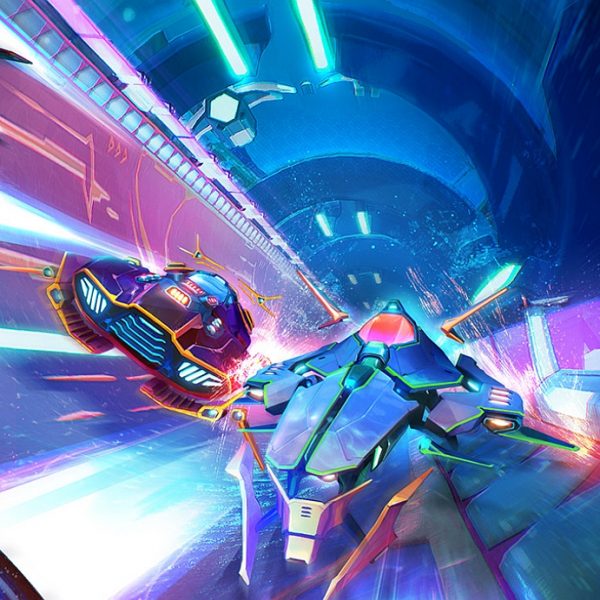Annualised sports games frequently become formulaic. Milestone’s MotoGP series is no exception: for all its improvements, last year’s MotoGP 15 was a typically incremental update that didn’t take the series forward. This year’s entry is different, however.
Just as FIFA 17 surprised us this year with its innovative story mode, Milestone’s fourth MotoGP game takes a more personal approach with a focus on the riding legend Valentino Rossi in the imaginatively titled Valentino Rossi: The Game, much in the same vein as Milestone’s Sebastien Loeb Rally EVO released earlier this year.
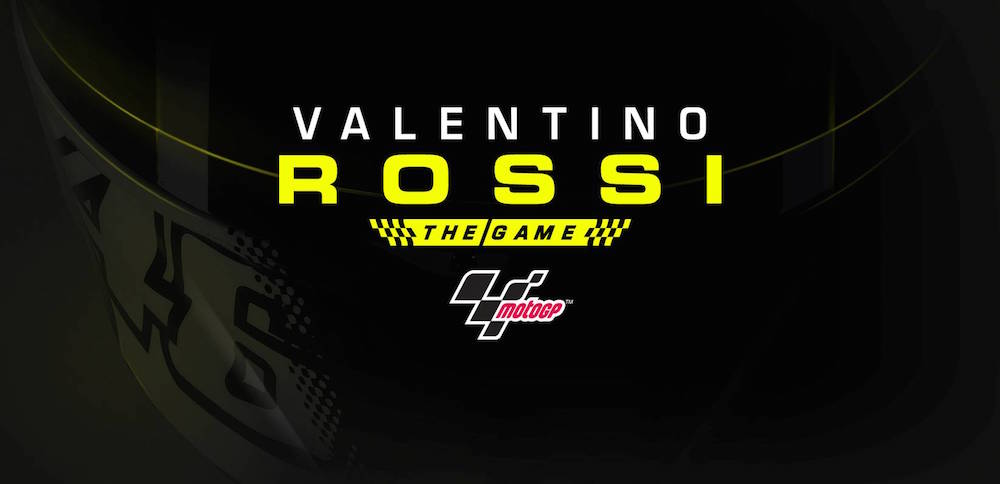
Attaching the Valentino Rossi name is a smart sales tactic. With 20 years of motorcycle racing experience and seven MotoGP championship titles to his name, the Italian rider is an international superstar; his legions of supporters plain to see in MotoGP races. To fans, VR doesn’t stand for virtual reality – it’s Valentino Rossi. Even the number 46 is synonymous with the titular rider.
For the fans
Milestone caters to Rossi’s rabid fanbase exceedingly well in Valentino Rossi: The Game. The main menu’s colour scheme mirrors his iconic Monster Energy black and yellow livery, but it’s the slew of game modes filed under the separate Rossi Experience section that die-hard fans will savour. Dive into the Historic Events mode and you’ll find 20 memorable moments from Rossi’s career to relive – plus another 10 if you include additional DLC.
They’re not quite as well presented as Sebastien Loeb Rally EVO’s equivalent Experience mode, however. Not presenting them in chronological order is an odd decision, particularly as Sebastien Loeb Rally EVO provided a cohesive overview of how the rally driver’s career progressed in each era. Other than that, the structure is the same as before: each event is given context with fan-pleasing archival footage and new documentary-style interviews with Rossi himself. Fans will appreciate him reflecting on some of his historic battles, how the bike setups let him down on some occasions and his favourite tracks.
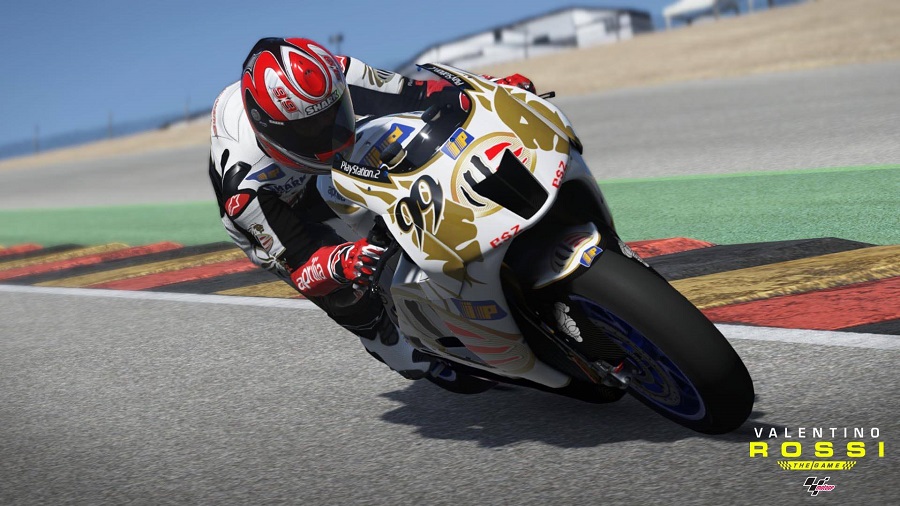
Most objectives simply task you to catch up with your opponents and win the race, but the thoughtful presentation makes what would otherwise be a throwaway mode much more involving, while offering a genuinely interesting insight into the highs and lows of Rossi’s illustrious career, from his humble 125cc beginnings in 1996 to some of his intense duels with rival riders such as Jorge Lorenzo at Catalunya. There’s none of the dreadful dubbing used in Sebastien Loeb Rally EVO’s interviews, thankfully, but be prepared to sift through plenty of subtitles in the lengthy videos.
Rossi also narrates the game’s menus, and while he tries his best with the material it’s obvious that English isn’t his native language. Nevertheless, having Rossi guide you through the game makes you more connected to the experience. Indeed, it’s rare to find a racing driver take time out to provide voiceovers for a video game – something I can’t recall seeing since DiRT’s Ken Block and Travis Pastrana era, so you have to commend Rossi for getting so involved.
Rossipedia, meanwhile, acts as a virtual encyclopedia of Rossi’s team liveries through the years, with supplementary information explaining their significance. Chances are, though, that anyone other than die-hard fans won’t find the prospect of panning around a virtual model of Rossi donning his different liveries and helmets particularly appealing – especially as each one has to be loaded separately which takes a lot of time. Some, such as the signed “Bye Bye Baby” shirt he wore on the podium in his farewell to Yamaha, can only be accessed if you buy them via in-game currency which seems unnecessary. Still, fans will no doubt appreciate some of the rarely seen special edition liveries.

The content doesn’t end there. Rounding off the Rossi Experience is the Challenge the Doctor mode, which is essentially a time trial mode challenging you to beat record times set by Rossi on predetermined bikes and tracks – a tough task considering you’re up against a seven-time world champion. Weekly challenges offer a similar experience but with a limited time to complete them.
Valentino Rossi: The Game includes several racing disciplines you wouldn’t normally associate with a MotoGP game. Indeed, the first race in the game takes place on Valentino Rossi’s personal Motoranch which has been represented for the first time in a racing game, acting as an introduction to Flat Track racing. Taking place on dirt tracks, Flat Track Racing offers a radically different riding experience to MotoGP, with snappy bikes that slide gracefully around corners, which isn’t advisable in MotoGP. It’s a fun, more light-hearted take on motorcycle racing compared to MotoGP.
Separate events also take place at the Misano Circuit to train you on Yamaha R1M road bikes. Real riders use Rossi’s Motoranch and Misano as training grounds, so their inclusion adds to the authenticity.
Rossi was a race car driver
Rossi isn’t only renowned for his talent on two wheels. Outside of MotoGP, his passion for rally famously stemmed from his mentoring from Colin McRae who taught him the basics of rally driving. He has since regularly participated in the Monza Rally, which is represented in Valentino Rossi: The Game to cover all facets of his career. Being able to drive cars in a MotoGP game is hard to fathom at first, but it’s nowhere near as jarring as MotoGP 14’s bizarre Safety Car mode, luckily.

Rally events take place on tarmac special stages in the run up to the multi-event Monza Rally Show, requiring you to set the fastest time in custom layouts strewn with tight turns, chicanes and sudden hairpins that will test your driving skills in Rossi’s Monster Energy-branded Ford Fiesta. The circuits are certainly challenging and require some technical driving prowess, particularly in stages that incorporate the classic Monza banked oval, but I’d hesitate to call them fun.
The car handling has apparently been adapted from Sebastien Loeb Rally EVO Car, and you can tell because they’re prone to understeering. Cars in Valentino Rossi: The Game generally feel stiff and unenjoyable to drive, but this is, after-all, a bike game first and foremost. Also, don’t try connecting your steering wheel to use in car events, because it won’t work.
In addition to Rally driving, you also get to smoke the tyres of a Ford Mustang in Drift events, but the floaty driving physics are even more apparent. Drifting doesn’t feel intuitive in Valentino Rossi: The Game at all, and the events lack challenge since you can still earn points regardless of your speed or track position. As a result, Drift events can be classed as filler content. It doesn’t help that the Mustang sounds more like a Mondeo. Environmental sound effects when the car slides on dirt and asphalt are equally unrealistic.
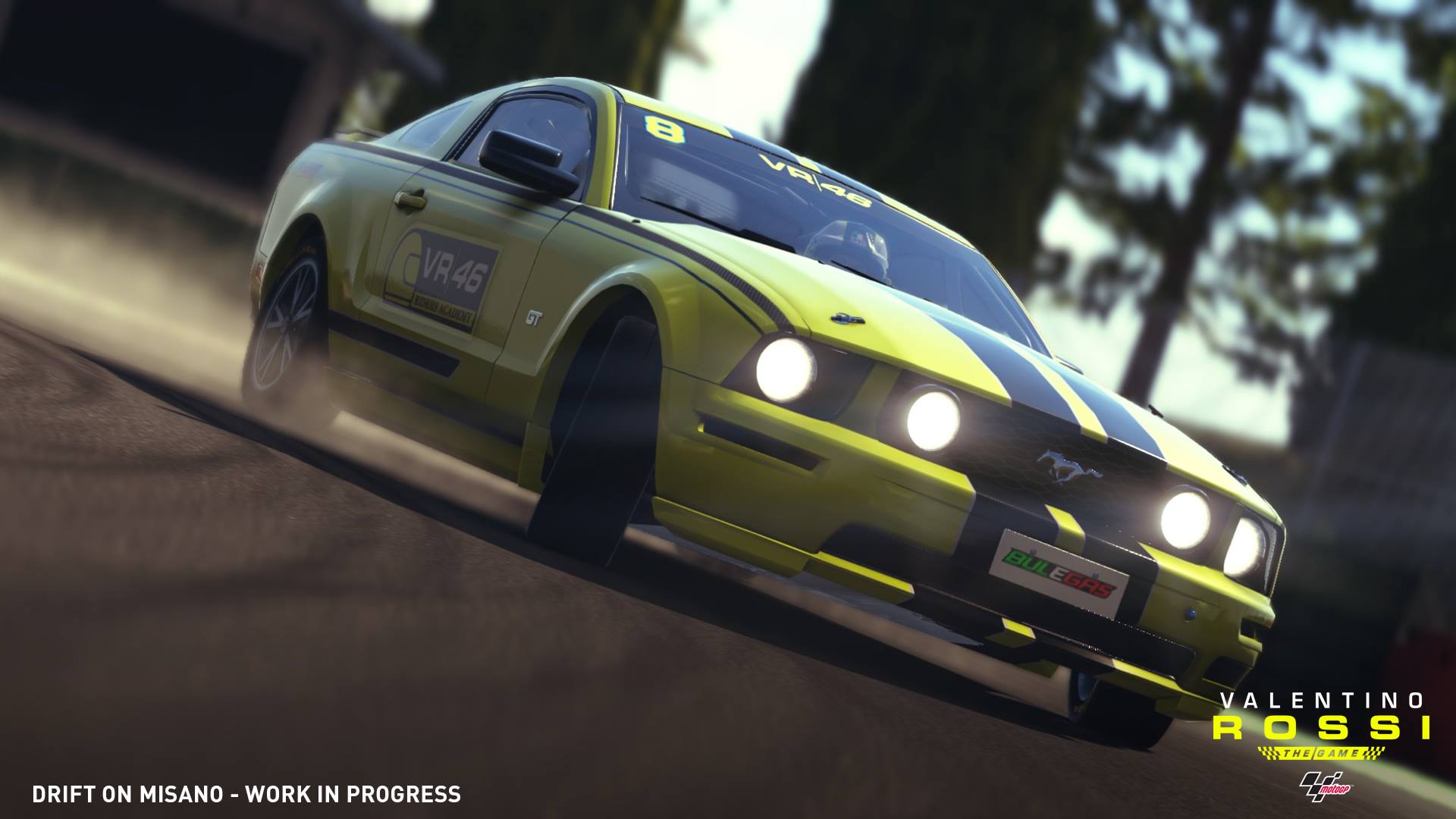
Ultimately, the VR46 events are fun diversions that add some needed variety to standard MotoGP races, but their appeal is limited since each mode typically contains only one vehicle and a small selection of tracks. It’s quantity over quality.
Déjà vu
Despite attempts to shake up the formula, the variety of VR46 modes can’t disguise the fact that Valentino Rossi: The Game is still a by-the-numbers Milestone game riddled with the some of the same flaws that have plagued the series since MotoGP 13. Case in point: it still takes too long to start a race the first time you load the game because it forces you to create your rider avatar. How many more times are we going to be forced to create an avatar if we want to jump straight in as an official rider for some instant action?
MotoGP still represents the main meat of the game, with both the 2015 and 2016 seasons available to play through – and yet it’s the most underdeveloped component. Bike customisation, for example, is no longer available in Valentino Rossi: The Game – despite being one of MotoGP 15’s staple new features which let you create custom liveries, add decals and buy new bikes.
In keeping with the Valentino Rossi theme, the career now enrols you into the VR46 academy as you work your way up and is presented through an interactive hub set in the VR46 headquarters. Flat Track, Monza Rally and Drift VR46 events are scattered throughout each season to add some variety, although the first season acts as a tutorial introducing you to all the different disciplines. Otherwise, the career structure remains the same. You follow the same path as before, progressing from Moto3 to MotoGP class, earn skill points to attract team interest and negotiate contract offers via emails with increasingly demanding sponsors.
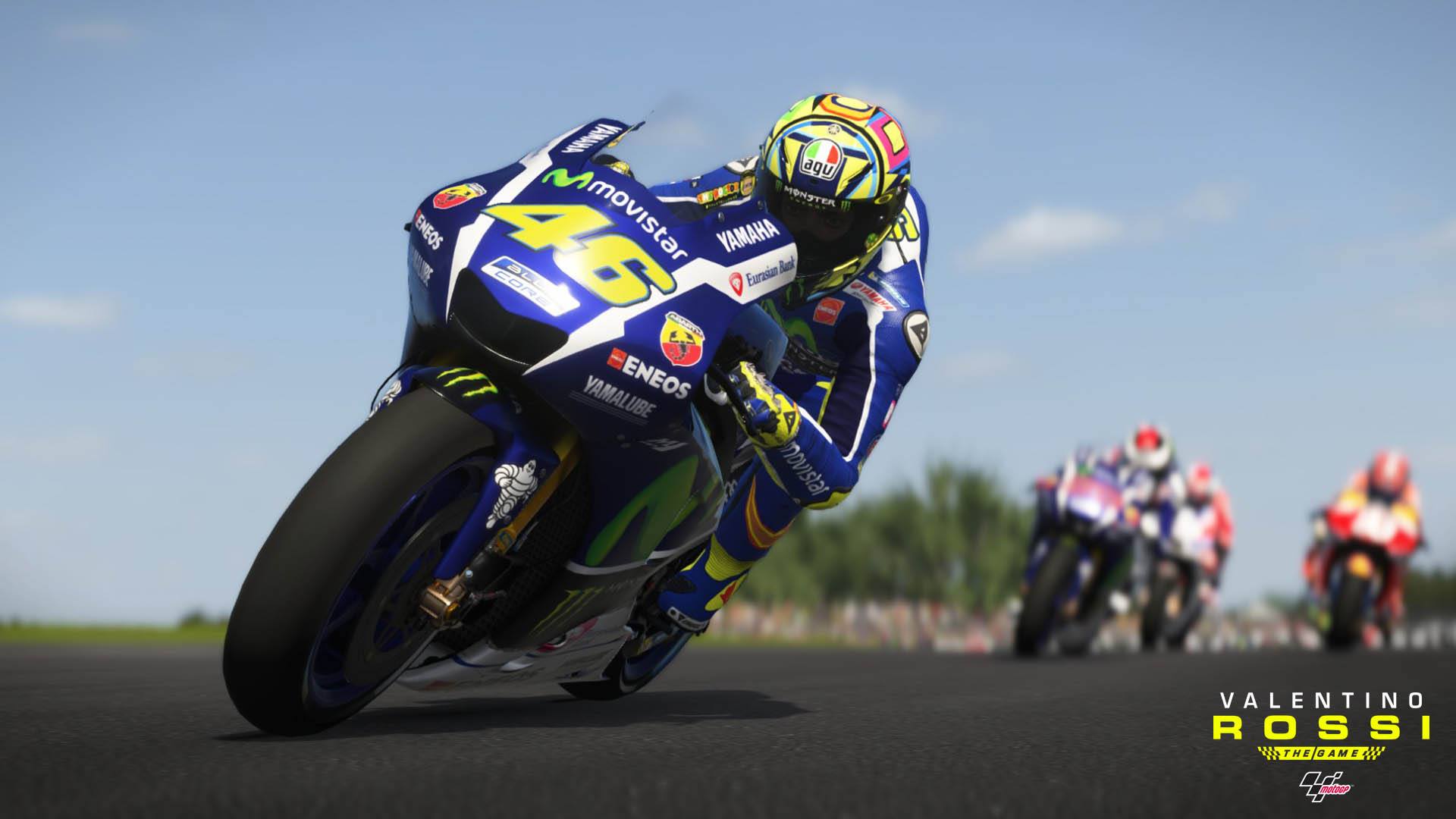
There’s less grinding required to progress than before, however. Performing well in some of the initial VR64 events earns you more points, which attracts sponsors early on – perform consistently well, and it’s possible to be offered a contract with MotoGP during the Moto3 season. Some will undoubtedly appreciate this, as playing through an entire 19 race season in the same class can be a hard slog.
Curiously, the presentation has been paired back in Valentino Rossi: The Game compared to past MotoGP games. Races no longer start with video introductions to each track, but this is a blessing as the loading times have been significantly improved without them. I do miss having access to the pit paddock, though. You can no longer interact your crew which reduces the immersion – but at least Milestone can no longer be accused of copying Codemasters’ presentation for the most part.
If you’ve never played a MotoGP game before, then riding these machines will be challenging. Sticking to the slower, more agile Moto3 class and trying out the different riding options (you can toggle between standard, pro and semi pro as well as enabling or disabling joint brakes as before) is advisable while you get acquainted with the mechanics, as it takes considerable finesse to ride the monstrous MotoGP bikes where a misjudged jab of the throttle can unsettle the bike and toss your rider over the handlebars when using the most unforgiving difficulty setting.
Returning players will find the bike handling familiar in Valentino Rossi, although there have been some subtle refinements – particularly with the feeling of weight across the different bike classes. The characteristics of bike classes and individual models have been faithfully recreated: Moto3 bikes now feel lighter, whereas MotoGP bikes feel a lot heavier to handle. Having said that, the MotoGP bikes are too sluggish when turning into a corner.
Tuning options are available before each race to set the bike up for different conditions. Helpfully, Milestone has added a guided setup which questions you about issues you are encountering whether it’s oversteer, understeer or braking, before providing a recommended setup to rectify them. It’s a swift solution for novice riders who want to get out onto the track as soon as possible that makes the game more accessible.
Graphically, Valentino Rossi: The Game is unmistakably a Milestone game. In other words, the visuals are adequate but uninspiring compared to other racing games. Once again, the lovingly detailed bike models are remarkably realistic when viewed up-close, but the same can’t be said when you examine the environments which underwhelm with their bland textures and lacklustre lighting. The only consolation is that the cut-out crowds that filled the stands in last year’s MotoGP game have been replaced with 3D animated character models, but it’s hardly revolutionary in a current-gen game.
Likewise, the artificial audio design from previous MotoGP games has been recycled in Valentino Rossi: The Game. Four games in, it’s unacceptable to still have a MotoGP game where the bikes sound like insects.

As with previous MotoGP games, Valentino Rossi The Game could do with a shot of adrenaline – there’s no sense of excitement in races. This is partly due to the poor sense of speed: riding a high-powered motorcycle at triple digit figures should be edge-of-your-seat exciting. Gasping at the heroic riders constantly grazing their knees on the tarmac makes MotoGP so enthralling to watch. That sense of velocity and danger isn’t conveyed in Valentino Rossi: The Game – something that DriveClub Bikes does so masterfully in comparison with its smooth frame rate and smart use of camera angles and blurring effects.
The archaic AI is equally to blame, however. AI riders in Valentino Rossi: The Game are frustratingly conservative, rarely straying from the racing line and often robotically following each other in formation. They do at least provide ample challenge during races as the difficulty has been cranked up since last year’s effort – but now they’re perhaps too tough to beat. Finishing a race in a podium position was a struggle even on the easiest difficulty setting, so the difficulty could do with some tweaking. Collisions are also annoyingly inconsistent: the slightest knock will often send you tumbling, yet the AI riders appear to be glued to their bikes if you slam into them at speed.
Content galore
Milestone isn’t renowned for their post-release game support. Indeed, players who purchased Ride’s season pass must have felt short-changed after blindly purchasing the season pass. To their credit, things have changed with Valentino Rossi: The Game – this is a worthwhile season pass that that adds even more variety to the already packed main game.
You get extra bikes as you would expect, but there were some genuine surprises such as the Radio Controlled Cars pack, although it doesn’t fit the Valentino Rossi theme – to our knowledge, Rossi isn’t a renowned RC car champion. It’s cheap enough if you buy it separately and fun for a while, but the handling could do with being loosened up, and the miniature cars flip over too easily in the frequent collisions which makes the races rather chaotic. It’s also hard not to resent being charged for the sort of novelty content that probably would have been accessible with cheats in a previous generation.
If you’re looking for more bikes, then the Legendary Bikes DLC is currently your only option, featuring an impressive count of 29 riders, 18 teams and 14 additional bikes that have starred in MotoGP from 1992 to 2006, including the 1992 Honda NSR500 and 2005 Yamaha M1. Additional Real Event challenges from the MotoGP 2015 and 2016 season can also be purchased, but charging for a feature that’s always been standard in previous MotoGP games does sting.
Valentino Rossi: The Game is a valiant attempt to shake up the tried and tested MotoGP game formula and a shining example of how to utilise a license in its tribute to the man himself. The sheer breadth of fan-pleasing content makes it the most complete MotoGP game yet. Milestone has crammed in so much content, in fact, that Valentino Rossi: The Game feels like a best of compilation of Milestone’s MotoGP, MXGP and Sebastien Loeb Rally EVO.
Ultimately however, the plethora of content weighs the game down. Had Milestone concentrated on improving some of MotoGP’s longstanding flaws such as the subpar sound, uninspiring visuals and insipid racing action, Valentino Rossi: The Game would have been a leaner, but better, more focussed game. It’s a jack of all trades and master of none.
Our Review
Summary
Valentino Rossi: The Game is a valiant attempt to shake up the tried and tested MotoGP game formula and a shining example of how to utilise a license in its tribute to the man himself. The sheer breadth of fan-pleasing content makes it the most complete MotoGP game yet. Milestone has crammed in so much content, in fact, that Valentino Rossi: The Game feels like a best of compilation of Milestone’s MotoGP, MXGP and Sebastien Loeb Rally EVO. Ultimately however, the plethora of content weighs the game down. Had Milestone concentrated on improving some of MotoGP’s longstanding flaws such as the subpar sound, uninspiring visuals and insipid racing action, Valentino Rossi: The Game would have been a leaner, but better, more focussed game. It’s a jack of all trades and master of none.


